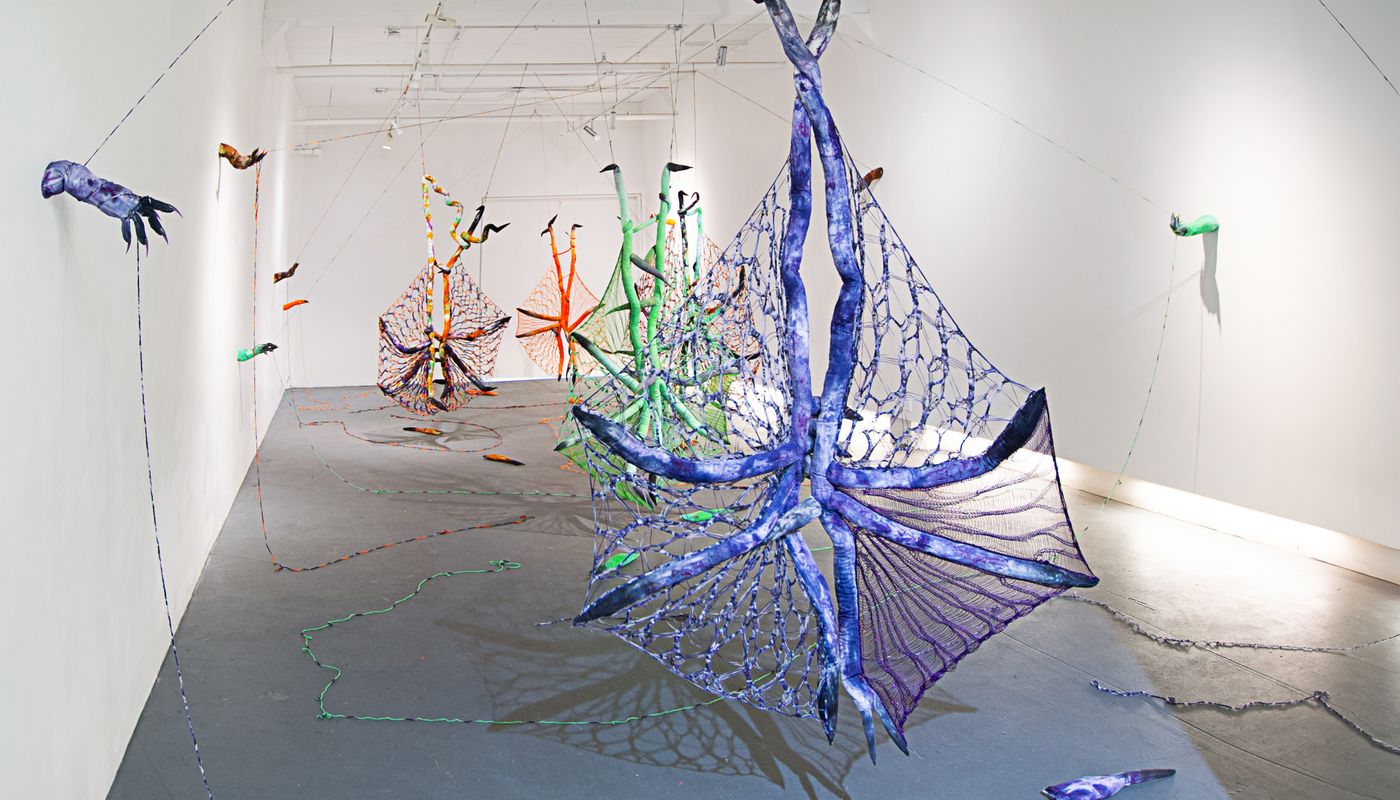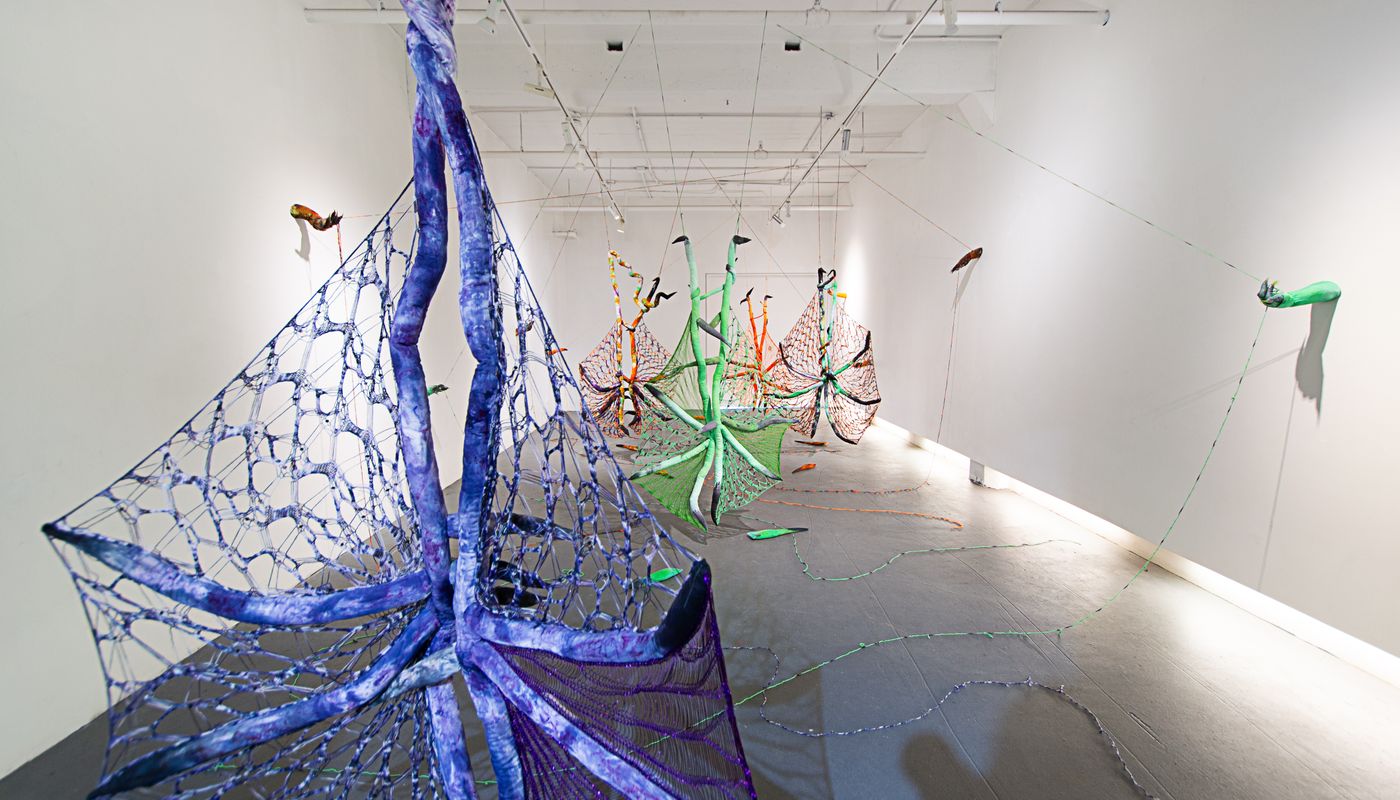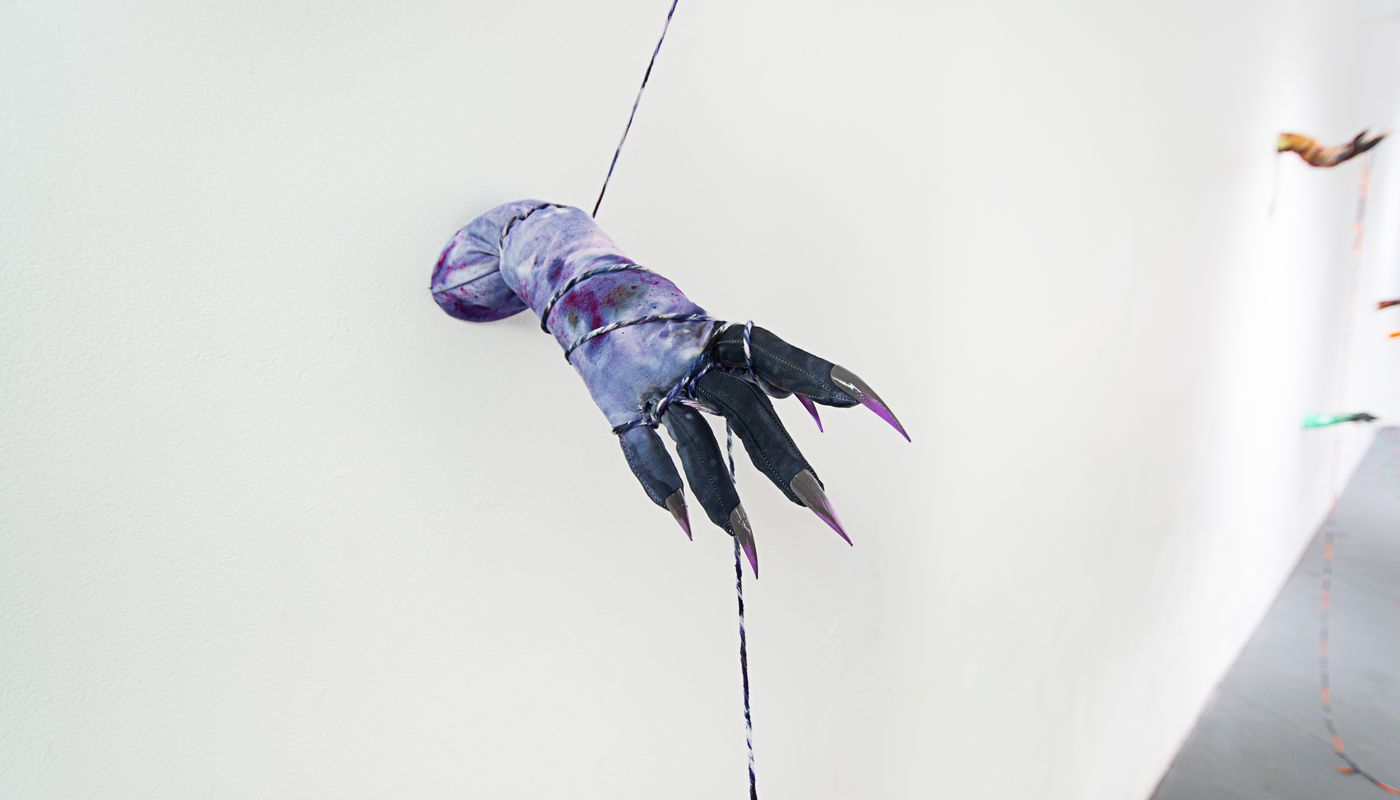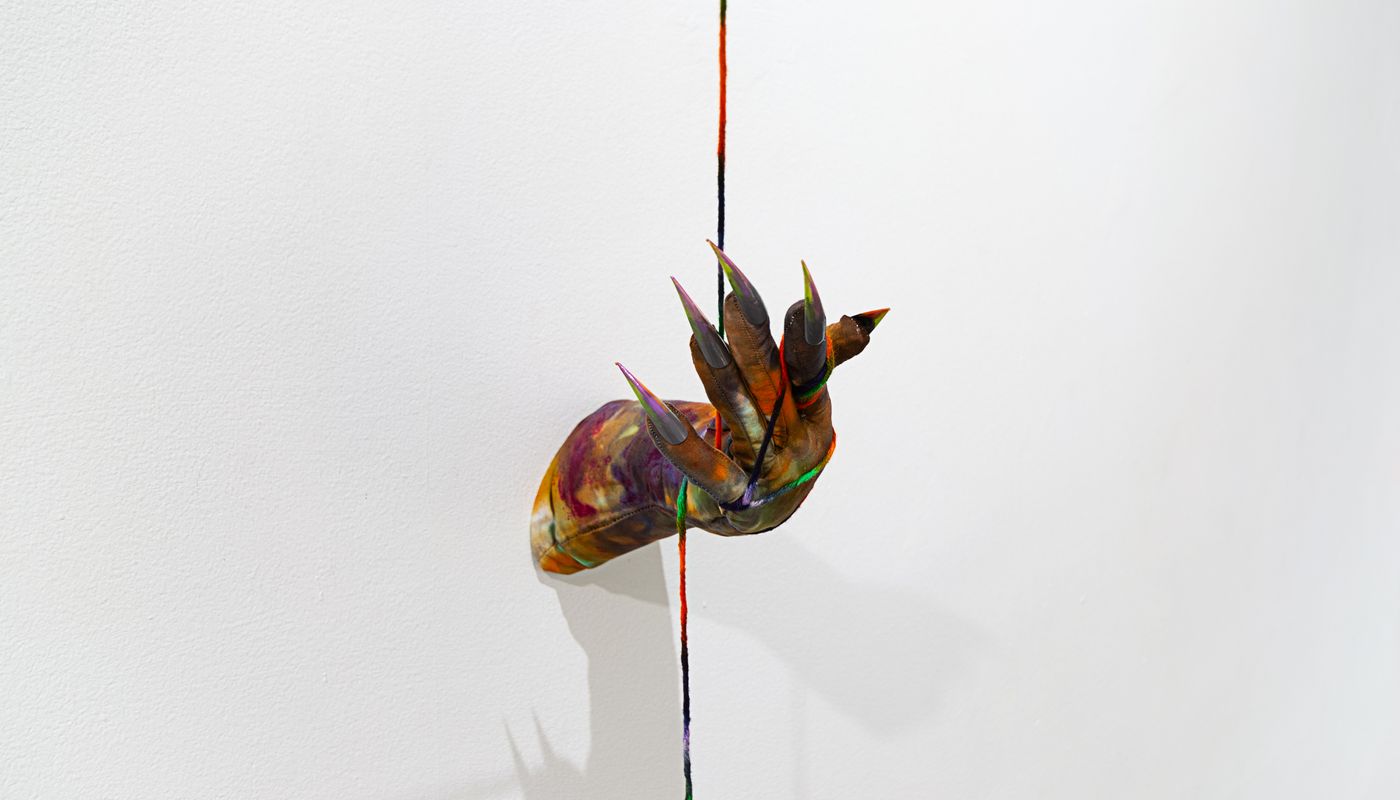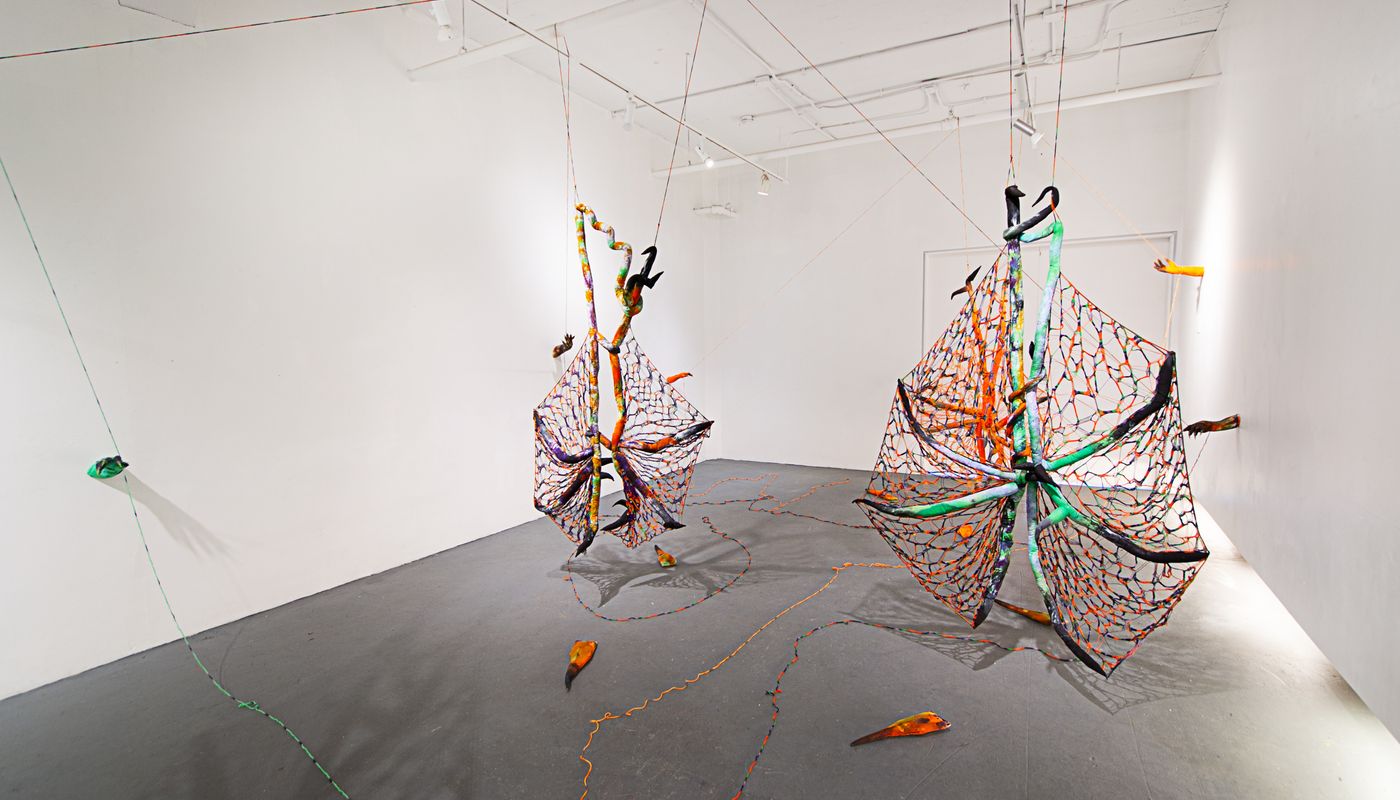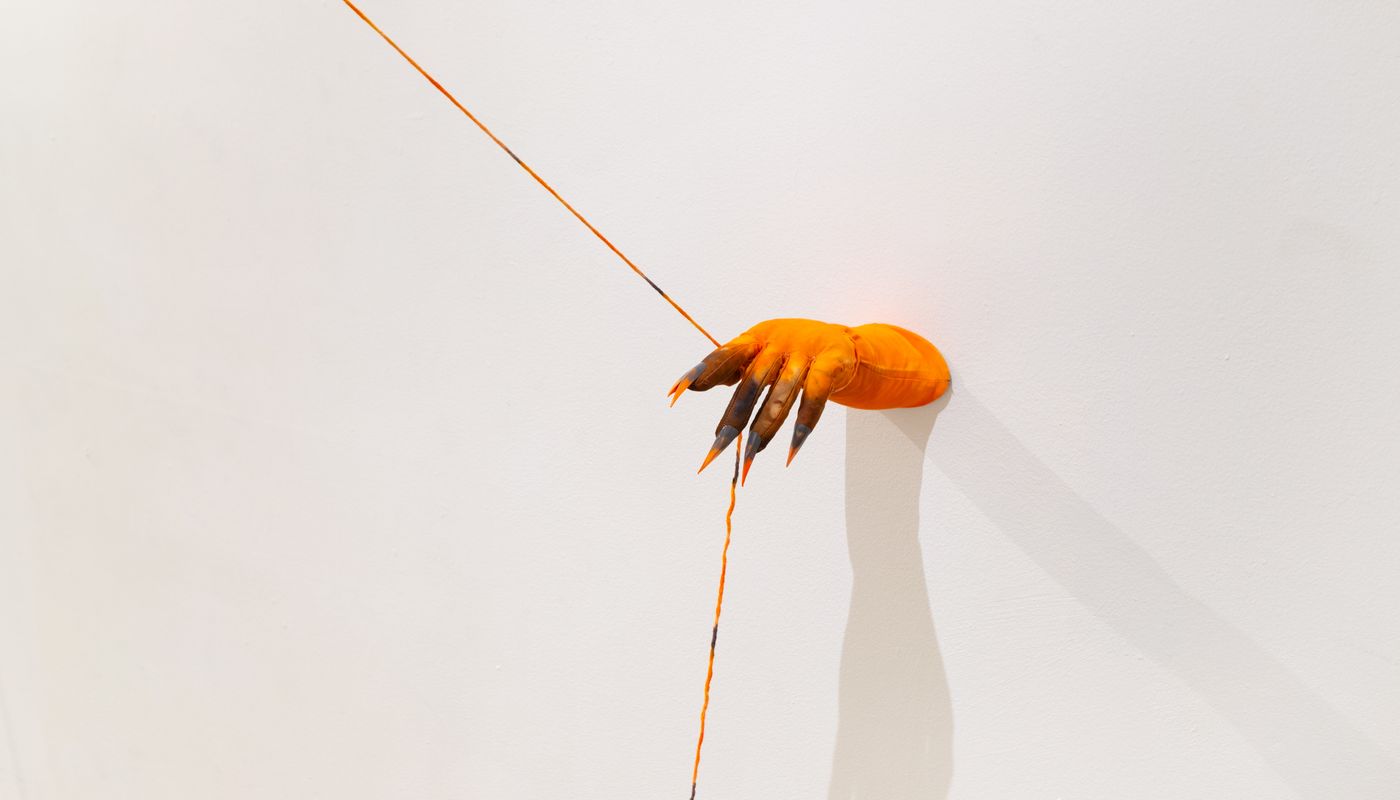This new series subverts and reclaims the viscera sucker, a monster from Philippine folklore known as the manananggal in Tagalog. Traditionally, the viscera sucker is depicted as a beautiful woman by day, who transforms into a monster at night. This creature is characterized by self-segmenting her body, with her legs remaining firmly rooted to the ground while her torso unfurls bat-like wings to prey on pregnant women. This horrific transformation stems from the Philippines' colonial past, when powerful animist shamans—primarily women and effeminate men—were seen as threats by colonizers. Historically, these shamans were some of the most passionate protesters against foreign invaders, leading to the villainization of femininity through the image of the viscera sucker as a failed feminine figure.
As a child, I was filled with fear after hearing stories of the manananggal as a vengeful monster, with a long, sharp tongue potentially lurking outside my bedroom. However, I now view these monsters as reflections of my relationship with gender as a queer person, celebrating them rather than shying away. I see the viscera sucker as a symbol of resilience against dominant forces, free from constraints and proudly displaying colorful, embellished wings. My focus is particularly on isolating the wings from the body to reimagine the manananggal as a representation for anyone who has been suppressed in their self-expression and disconnected from the dominant paradigm. I fantasize that these viscera suckers originate from the Filipino diaspora migrating to North America, grappling with the challenges of fitting in while adding to the complexity of North American identity.
I utilize knitting to create the membranes of the wings, embodying a process that can be undone and remade, always harboring the possibility of change and renewal on the horizon. I envision the viscera sucker as possessing complex versions of the self, rather than conforming to a singular identity. The wings can serve as a taunt or act as a protective embrace. This anachronistic retelling of folkloric history reshapes a queer discontent in the present moment.
